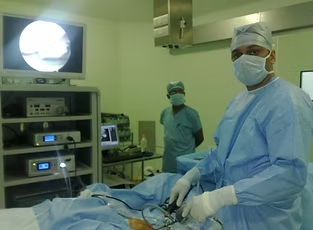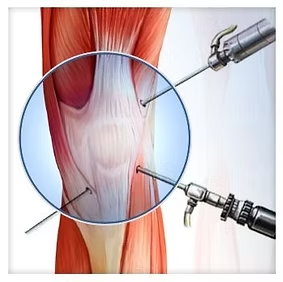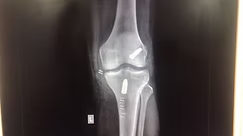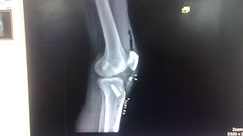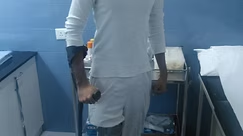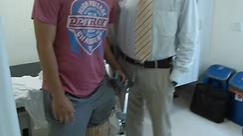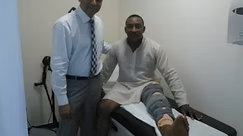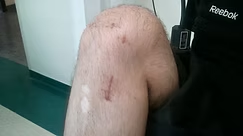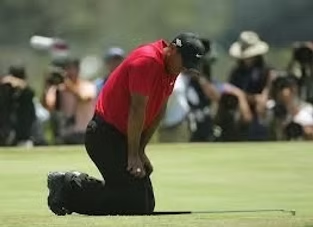ACL Injury
ACL Injury Treatment.
- Changing direction rapidly
- Stopping suddenly
- Slowing down while running
- Landing from a jump incorrectly
- Direct contact or collision, such as a football tackle or other sports injuries
- Falls and twisting injuries seen due to slipping while dancing, skating etc.
- Pain with swelling. Within 24 hours, your knee will swell. If ignored, the swelling and pain may resolve on its own. However, if you attempt to return to sports, your knee will probably be unstable and you risk causing further damage to the cushioning cartilage (meniscus) of your knee.
- Loss of full range of motion.
- Tenderness along the joint line
- Discomfort while walking
These injuries can usually be diagnosed by a careful physical examination and can be confirmend on an MRI scan. Xray examination done at the time of injury is usually normal.
ACL INJURY TREATMENT
Treatment for an ACL tear will vary depending upon the patient’s individual needs. For example, the young athletes and active individuals will most likely require surgery to safely return to sports and recreational activities. The less active, usually older, individual may be able to return to a quieter lifestyle without surgery.
Rebuilding the ligament. Most ACL tears cannot be sutured (stitched) back together. To surgically repair the ACL and restore knee stability, the ligament must be reconstructed using a tissue graft taken from your body. This graft acts as a scaffolding for a new ligament to grow on.
